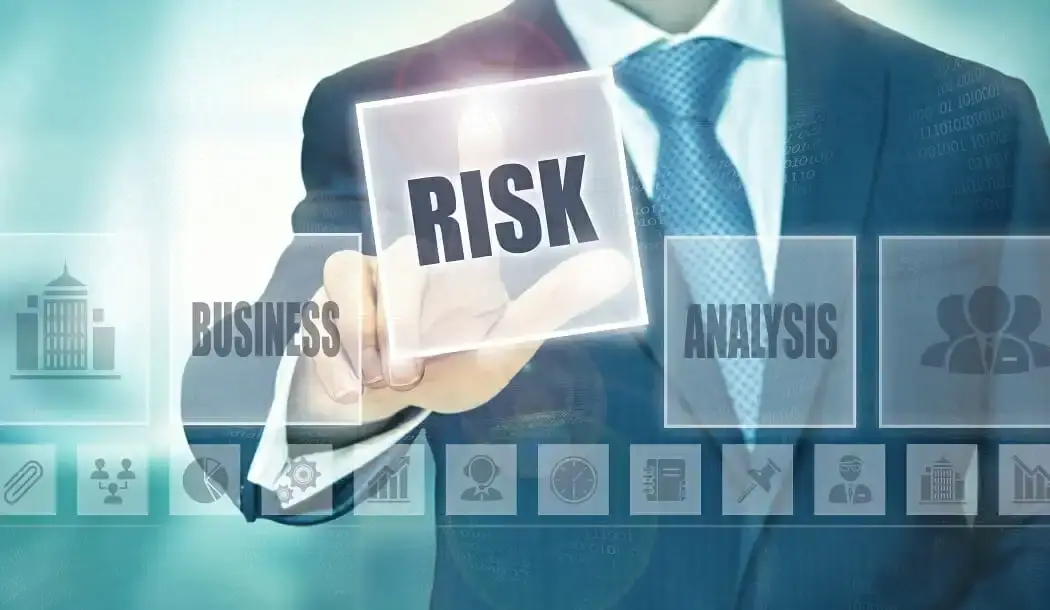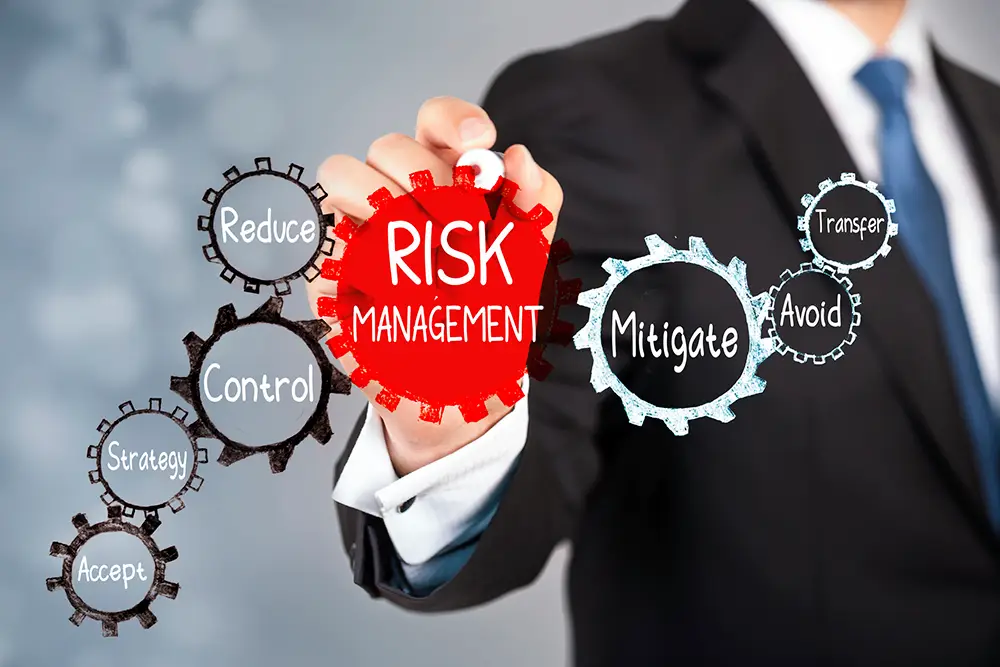Physical Address
304 North Cardinal St.
Dorchester Center, MA 02124
Physical Address
304 North Cardinal St.
Dorchester Center, MA 02124

Risks make the business adventurous; some risks take you down while some take you up the ladder, but every risk is worth taking. In a business there are several known and unknown risks that can derail the growth of the business. We can say a business is always exposed to risks in a dynamic environment where everything tends to change consistently, from business environment to economic policies or price levels etc. Risk is one of the reasons why people avoid doing business, as it is impossible for a businessman to foster without having risk-taking ability. At times in order to be profitable and achieve growth, it is necessary to choose a tricky path. Business is like a bet, there always exists probability of have and have nots.
Risks are an inherent part of business, and companies try their best to prevent them, however it is impossible to prevent them entirely, as not everything lands under our authority. Most of the time there exists external power that drives business towards risk. Therefore, there is a team of experts who manage and identifies possible risks to business such as financial, legal and security risks to an organization’s earnings and capital. Big companies raise high fundings for the purpose of risk management to reduce possible threats to the business. The team analyzes, identifies, prioritizes and implements solutions for the same. They monitor them and take relevant measures to reduce them. Now, the question arises, what are these measures and how do they help to minimize risk? To answer this, in this article we will be throwing light on some key measures that are necessarily used for reducing business risk.

A well-planned structure is necessary for a business, planning doesn’t have to be set in stone, rather it is a good idea to break your goal into small milestones and then plan accordingly. When creating a business plan a businessman should address all of the key elements of the business by conducting marketing research around their idea to gain better understanding of the market. Market research will also help in setting aims and objectives to achieve. In this way you will be able to create a proper plot for your business and how you will be making sales and earning profit. A business plan is a vision that you set for your business, planning makes a bridge between where you stand and where you want to reach. Therefore, by appropriate planning you can minimize the risks that are likely to come in your way in future.

The business is surrounded by both internal and external risks. Internal risks are predictable, whereas external risks are unpredictable and sometimes complex to understand, as these risks include downtown in economy or changes in policies and framework of companies or supply chain disruption etc. These are kinds of risks that are unpredictable and can occur any time, hence the business should be ready prior to terminate these risks at any point of time or whenever they are likely to occur. Identifying future risk will help you to create an early solution to a problem, which is a great way to manage risk. Big companies are far-sighted and therefore they stand today as successful.

A legal expert and advisor is necessary for every company and very big companies have a team of legal experts working for them. It is essential in order to be aware about the local and state federal laws and whether your business adheres to those laws or not. A legal expert will guide you through this, it will help you to reduce the chances of government fines or employee or customer lawsuits. Moreover, a god attorney will help you to choose right insurance policies and an employee lawyer will help you set up employee policy and company procedures that protect you. This is known as legal risk management; it helps you to reduce legal risks for your business during change and uncertainty.

This has everything to do with employee training. While the main focus of businesses is to have more and more sales and accordingly, they train their employees. However, this can have an inverse relationship to growth, as if the employees start to give more emphasis to quantity rather than quality or customers then the customers will not appreciate it. This will ultimately lead to a poor reputation for the company. Therefore, training the employees in a way that promotes quality over quantity will help you minimize the risk of declining sales due to high-pressure sales tactics.

Before heading towards making sales, ensure that your product and service is of high-quality. Carry out a regular survey of your products and services to check their quality and take a note to see if they are capable enough of providing what they promise. Through testing and analyzing what you are offering, you will be able to make necessary adjustments if there are any. If you are able to provide the highest quality then there is nothing that can stop you from making great profits. You will have a bunch of faithful and repeated customers; through quality you can retain your customers for a longer period of time. Therefore, putting emphasis on quality will reduce the risk of losing potential customers.
Risk taking ability in business enables and encourages innovation, failed risks are not always negative. Sometimes these provide you with some valuable lessons and learnings, which helps you to prevent future mistakes. All the great businesses we know aren’t made without risk, sometimes it is risk that helps to shape future business strategies. However, this doesn’t mean that it is good to have uncertainties, if there are risks then there are measures to control, prevent or reduce them too. Risk management is a skill which includes understating of risks, effects and ways to minimize them. Therefore, start with forming a well-researched plan and list the possible risks and finally the measures to reduce them. As your plan is your ultimate guide for risk management.